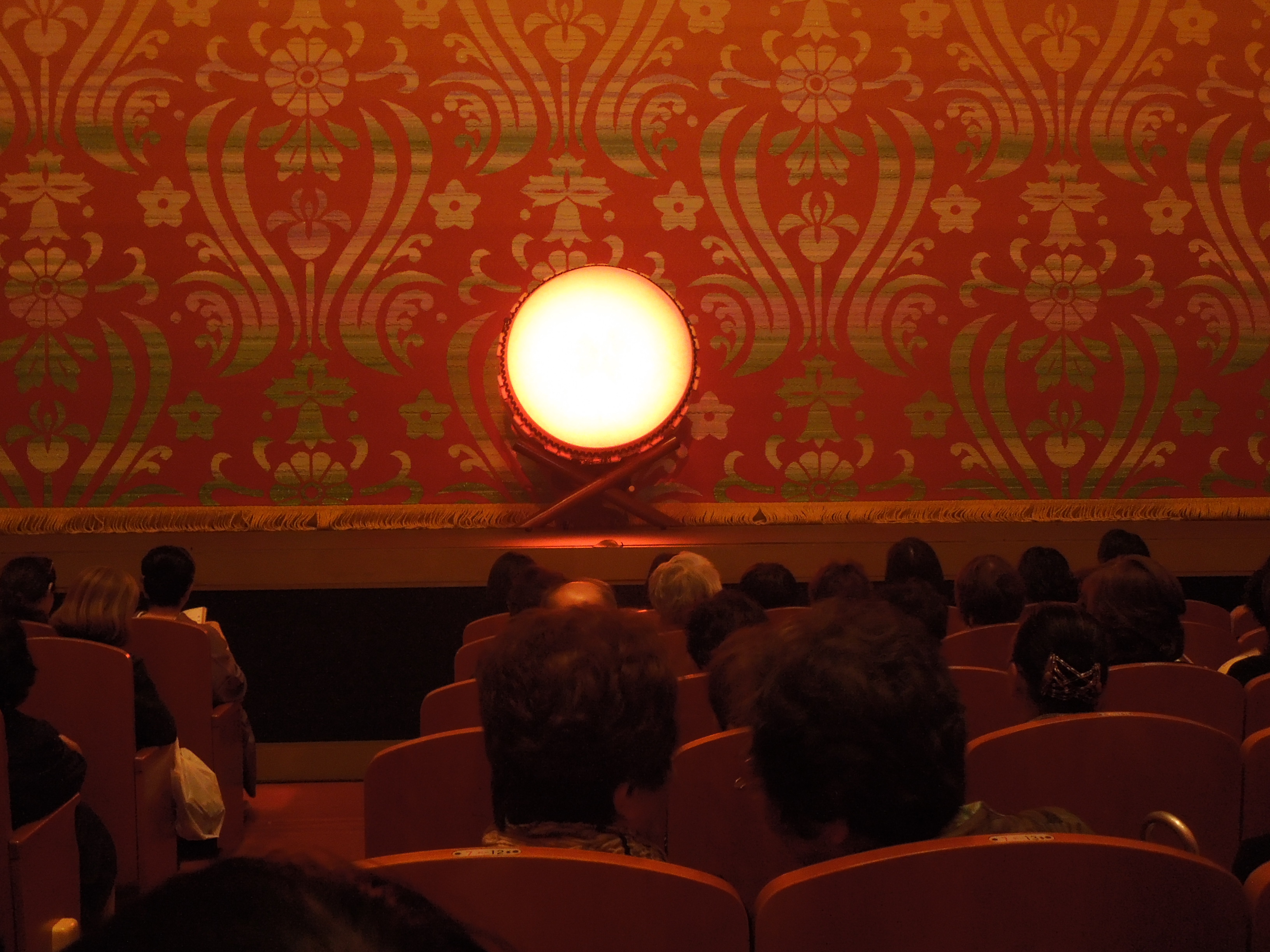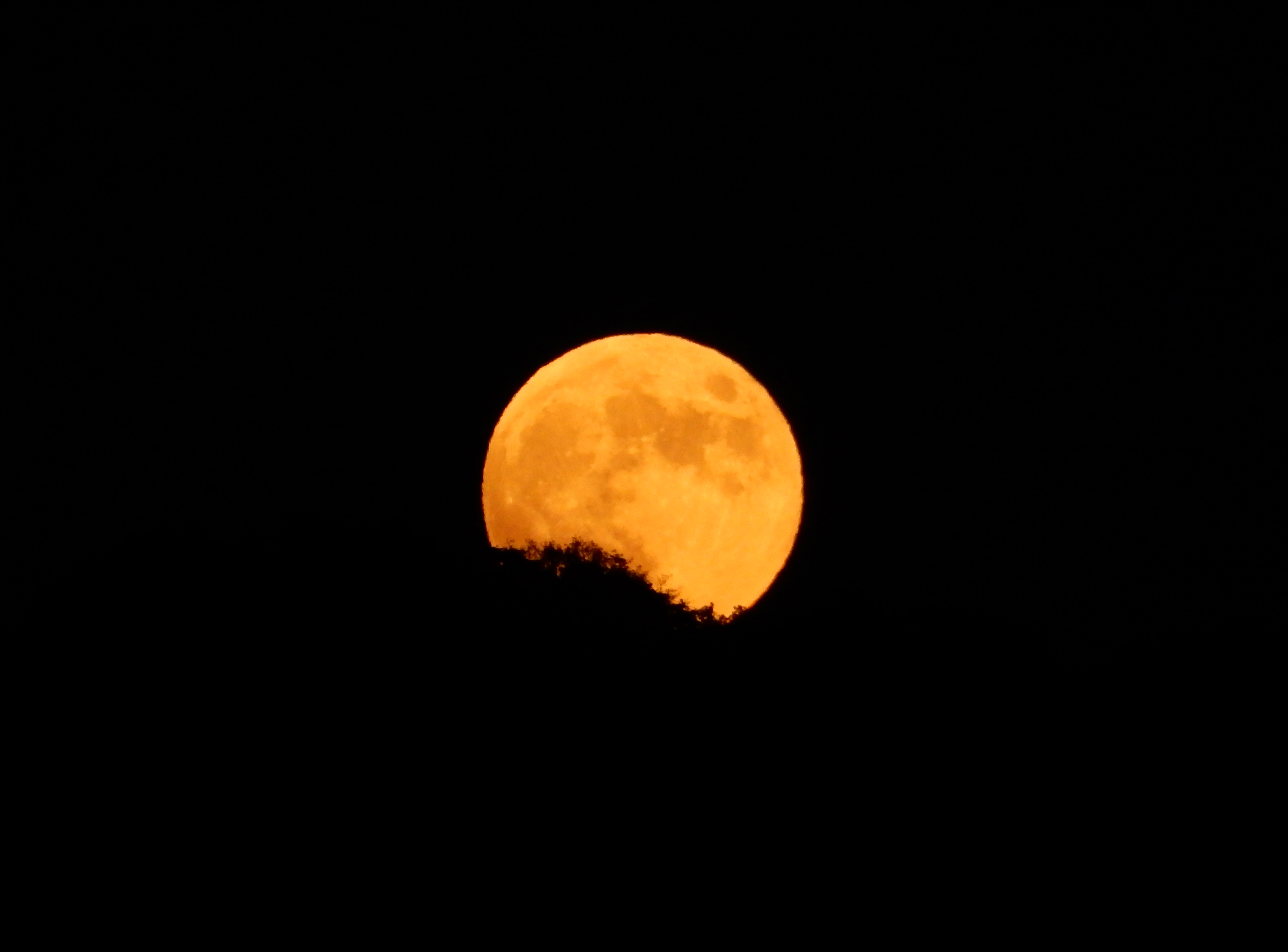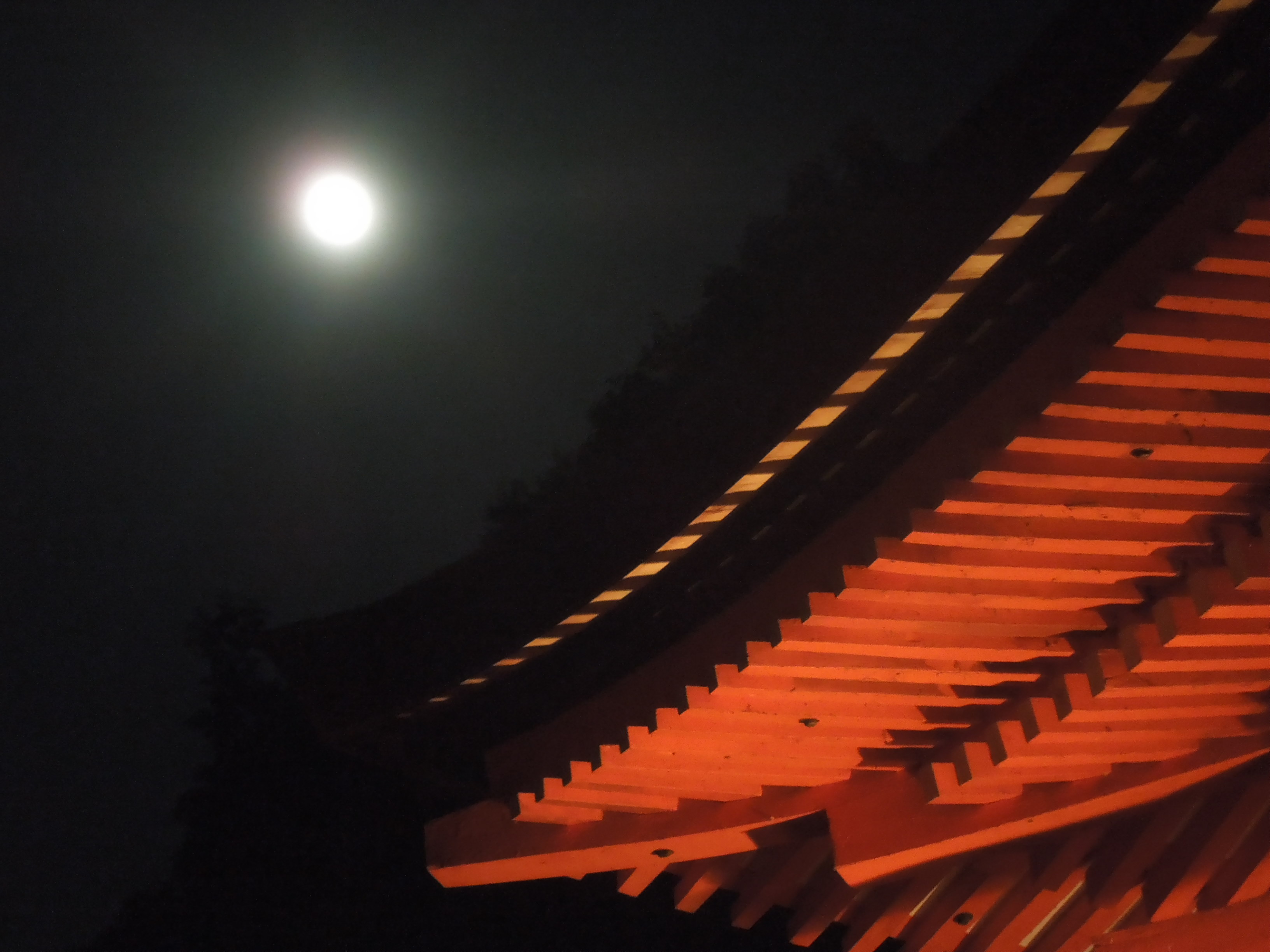
Sun or full moon, the circle is a powerful symbol
In thinking about the complementary nature of Zen and Shinto, the thought struck me how Shinto is associated with the sun (Amaterasu) and Zen with the moon (enlightenment). This leads to some interesting comparisons in the way the two religions balance each other, like day and night indeed.
The sun is worshipped in the form of Amaterasu at the nation’s most important shrine, Ise Jingu. It is at the heart of the national consciousness, emblazoned across the national flag. Nippon is literally ‘the origin of the sun’, and Japan the land of the rising sun.
The moon ‘singularly attracts the Japanese imagination,’ wrote D.T. Suzuki. Certainly it is central to Zen thought. ‘Each language has a word for the moon, but it’s not the real moon. The word is like a finger pointing in the direction of the moon. Don’t confuse one’s finger with the moon,’ says James Austin in Zen and the Brain.
As the spirit of the sun, Amaterasu signifies the all-encompassing light shed on the nation by the imperial dynasty to which she gave birth. Such is the thinking at the heart of Shinto mythology. Historically, it could be said this ‘light’ derives from the late seventh century, when the notion of a solar ancestor for the Yamato dynasty was officially promoted.

The sun rising over Japan.
In the 10 Ox-herding Pictures that describe the stages of Zen practice, no. 8 is a full moon, symbol of enlightenment. Round, empty, shining, the circular shape is a symbol of oneness and the neverending cycle of life.
Both the sun and moon are mesmerising globes, which govern life on earth. Both are much celebrated in verse. Both are round and bright, like mirrors. Go to shrines and you’ll often see a mirror on the altar. In temples too, there may be a mirror on the altar. In both cases keeping the mirror of the soul clean and free of dust is an essential principle of the religion.
In Shinto the cleanliness of the mirror is tied to the purity of the kami. In Zen the cleanliness of the mirror is tied to one’s Buddha nature. Sincerity and selflessness are central to both.
The sun is yang and outward in nature. It’s a symbol behind which to unite in collaborative action. Shinto festivals are noisy affairs with a strong territorial aspect to the parading around of the mikoshi with its spirit-body.

The full moon rising over Kyoto’s Eastern Hills
The moon is yin and inward. It’s a symbol of introspection and reaction. Buddha nature lies within, and Zen practitioners sit in silence while following a lifestyle of disciplined self-restraint.
The sun is constant in shape, yet the moon changes on a daily basis. Shinto tends to celebrate the world as it is; Buddhists strive for self-improvement. All things revolve around the sun, as the national well-being is thought to centre on the emperor. Zen sees the monthly cycle in terms of the cycle of existence.
Japanese religion is, and remains, fundamentally syncretic. In the symbiosis of Shinto and Buddhism, light and dark come together in the harmonious combination of sun and moon. D.T. Suzuki maintained it was Zen that was at the heart of the culture, yet the moon is but a reflection of sunlight. After all, the sun shines on everyone; only a few search in the dark for moonbeams.
The real heart of Japanese culture is Shinto.
*******************
For further thoughts on the role of circular mirrors in Shinto and Zen, please click here.

Full moon over Shimogamo Shrine. A Zen symbol in harmony with the Japanese soul.
